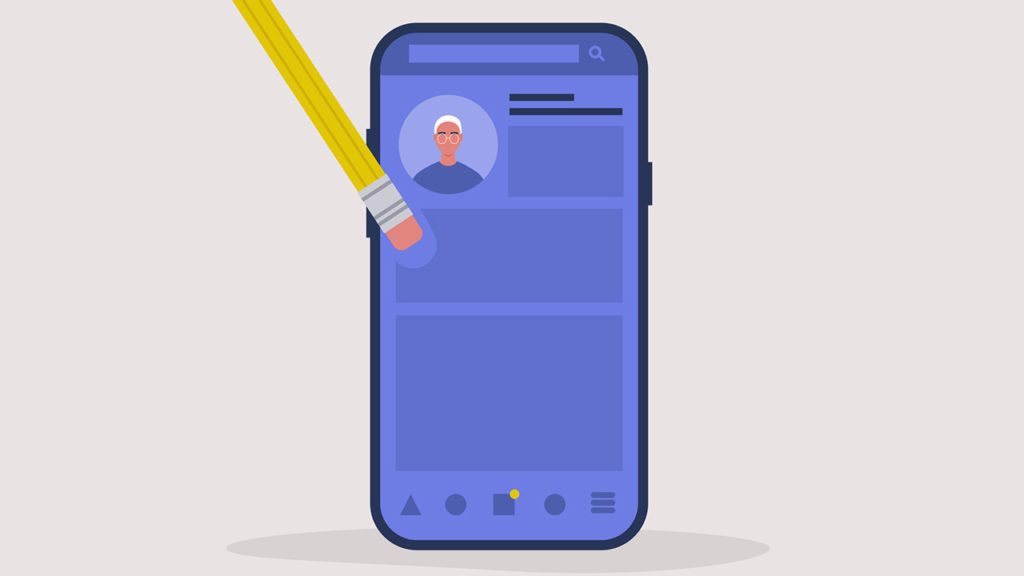In an update to iOS 14, Apple now requires all apps to ask for explicit permission to track users across apps and websites. This means that instead of tracking only being disclosed in the terms of service that most users never read, there is now a message that appears (when you use an app for the first time after the update) asking if you want to give permission for the app to track you across other companies’ apps and websites. You can then choose to allow tracking, or not.
According to Apple, the average app has six trackers harvesting user data. “Some apps have trackers embedded in them that have more data than they need – sharing it with third parties like advertisers and data brokers. They collect thousands of pieces of information about you to create a digital profile that they sell to others.”
What is different about this new option is that previously users had to proactively opt out of data collection. Now they are opted out automatically and transparently given the choice to opt in.
The tracking information is used to allow advertisers to effectively target advertising to app users. Without this targeting, app developers may have to find another way to fund their businesses. That could mean requiring users to pay for apps that are currently available for free as a result of advertiser funding.
Apple says that third parties using this information also use it “to predict and influence your behaviors and decisions. This has been happening without your knowledge or permission.”
Facebook, Google and other third parties that track users are concerned that most users will opt out of tracking. Whether they will, and how that will affect the third parties using tracking data, remains to be seen. Privacy organizations such as the Electronic Frontier Foundation are pleased with the new privacy controls, but they point out that the new permission policy applies only to third party sharing and not data collection by the app itself. As with most things involving the web, it’s important to understand what data is being collected and who it is shared with before agreeing to terms of usage.


